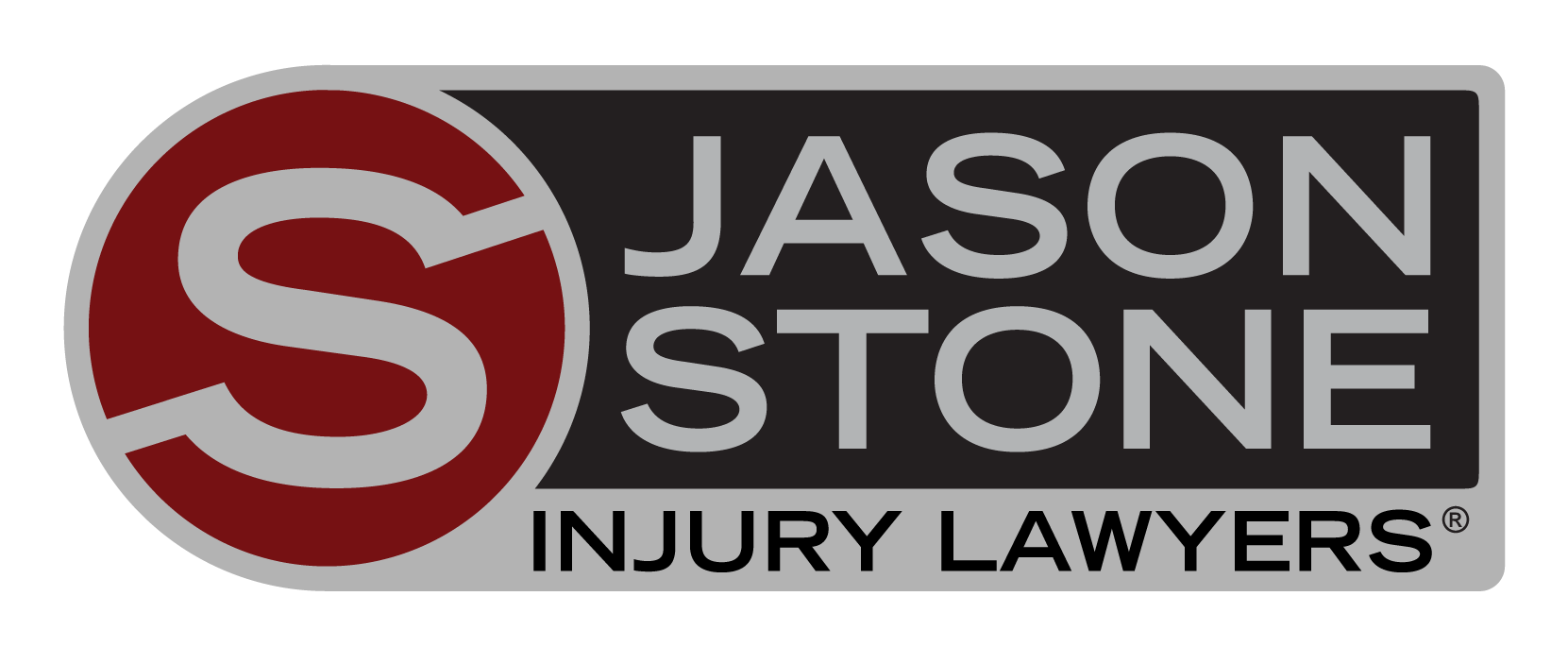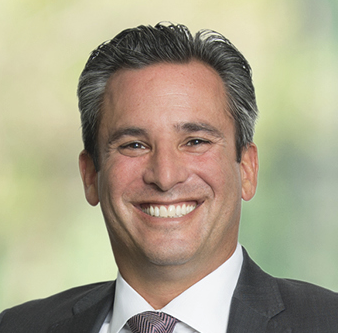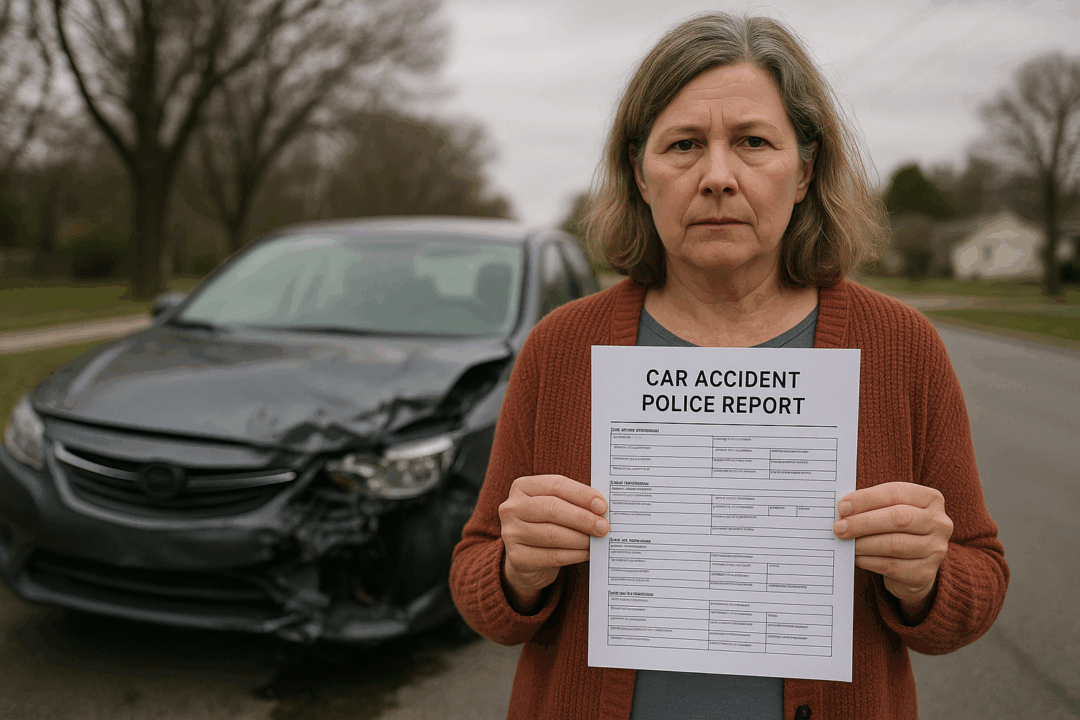Auto accidents happen every day, often resulting in disastrous consequences. Everyone knows to exchange contact and insurance information in the event of an accident. However, what do you do if the other driver does not have insurance coverage? Even when this happens, you have options to recover compensation for property damage and bodily injuries.
Your Options If the At-Fault Party Does Not Have Car Insurance
Every state mandates car insurance requirements for drivers and their vehicles. Drivers in the 13 no-fault states do not have to bother with fault determination and lawsuits because the state requires each driver to file a claim with their insurance provider to cover the damages of a collision. However, driver’s in at-fault states should file a claim with the at-fault party’s insurance company. When the responsible party in a car accident does not have insurance in an at-fault state, you must rely on your uninsured/underinsured motorist insurance policy or file a lawsuit against the other driver.
Use Your Uninsured/Underinsured Motorist Coverage
Most states only require a minimum of liability coverage for drivers, but this only helps if you are the driver responsible for the accident. Uninsured or underinsured motorist is an add-on policy that you can purchase by choice. However, 22 at-fault states require it. If you have uninsured motorist coverage, you can file a claim through your insurer if you suffered damages in an accident caused by another driver without insurance.
Once you file a claim with your insurer, what happens next should not affect you. The insurance company cannot file a claim against the other driver’s insurance if it does not exist. However, they can choose to file a lawsuit against the driver. Regardless of how the insurance company decides to handle it, your uninsured motorist coverage should cover damages, including the cost of medical treatment, lost income from missed work, pain and suffering, and funeral expenses if the accident resulted in a death. It may also cover car damage in some states.
File a Lawsuit Against the Driver
If the at-fault driver does not have insurance and you do not have uninsured motorist coverage, your only other option to receive compensation is to file a personal injury lawsuit against the driver. However, there are a few differences between suing a driver and suing their insurer:
- Unless the driver has valuable assets, you likely will not receive a lump sum payment.
- If the court awards you compensation, you may have to take the defendant back to court to get them to pay.
- The other driver may file for bankruptcy, or the court may not require them to pay if it is clear that they cannot.
Sometimes your uninsured motorist insurance does not cover all your damages. In that case, you could still file a lawsuit to request compensation for the remaining amount, but you would benefit from speaking with a lawyer to figure out your best plan of action.
Steps You Should Take After a Car Accident
What happens at the scene of the accident can directly impact your potential insurance claim or lawsuit. More importantly, knowing what to do when a car accident occurs can help protect your health. You can take several steps to protect yourself, physically and legally.
Step 1: Assess Your Physical Condition
Move slowly and be aware of any pain. Check yourself for any visible injuries. Even low-speed collisions can result in injuries, but severe accidents can cause serious damage. Some common injuries from car accidents include:
- Broken bones
- Traumatic brain injuries
- Knee injuries
- Spinal cord damage
- Back injuries, such as herniated discs or vertebrae fractures.
Check the other passengers in your vehicle as well. If anyone needs emergency medical assistance, that is the priority. Call 911 and avoid moving any injured person as long as it is safe.
Step 2: Contact the Police to Report the Accident
No matter how minor a car accident is, you should always report it to the police. While you wait for the police to arrive, move yourself to a safe location. For example, if the accident occurs at an intersection or in a high-traffic area, move to the side of the road. Avoid speaking to anyone about the accident. The police will interview everyone when they arrive and fill out a report that you can access to hear the other party’s side of the story.
The station may not dispatch officers for accidents with no injuries and less than $500 or $1,000 in damages in some jurisdictions. However, you can still get the accident on record with an online report. You may also go to the station and file your account in person. It is crucial to have a report to support your claim or lawsuit.
Step 3: Document Everything You See
As you wait for the police, you can take out your phone or camera and begin documenting everything at the accident scene. Some essential components to include are:
- Damages on both vehicles
- Any visible injuries on you or passengers
- Name and contact information for any witnesses
- Name, contact information, and driver’s license information of the other driver
- Names and badge numbers of any officers that arrive on the scene
- The area surrounding where the accident occurred
- Security camera footage, if it is available
If you can, consider recording everything on a video as well. You can use this to narrate the accident when collecting visual evidence simultaneously. This could potentially help you dodge any questions posed by your insurance company or the defendant in a lawsuit.
Step 4: See a Physician as Soon as Possible
Sometimes accident victims do not need emergency medical services, but that does not mean you should forego seeing a doctor altogether. You may choose to go to the hospital emergency department on your own. You can also visit urgent care or make an appointment with your primary care physician.
The shocking nature of a collision often causes a rush of adrenaline, and adrenaline masks pain receptors, causing you to feel fine even when you suffer a severe injury. Seeing a doctor right away could save you from the dangers of an undiagnosed internal injury. Additionally, having a record of your injuries produced by a medical professional helps your case.
Step 5: Contact a Car Accident Attorney
You would benefit from contacting a Boston car accident lawyer at the scene if you can. An experienced attorney can guide you through the next steps, especially if the at-fault party does not have insurance. In addition, an attorney may offer an immediate consultation or provide advice regarding what evidence or information you should collect. The sooner you speak with a lawyer, the faster they can begin working on your case.
Enlist the Help of a Car Accident Lawyer
Car accidents can cause significant damage, but facing the financial repercussions of someone else’s negligence is especially difficult. Jason Stone Injury Lawyers understand that the burden placed on car accident victims is already heavy. That is why the first element of the Stone Cold Guarantee states that we only get paid after you get paid. Therefore, we require no upfront fee to start your case, and our team is ready and available to work on your claim. Jason Stone Injury Lawyers are here to support you through recovery and help you get your life back without adding to your financial struggles. There’s No Obligation, Just Information.
Not Trusting What You’re Being Told?
Better Phone Stone
(800) 577-5188
 START MY NO OBLIGATION CONSULTATION
START MY NO OBLIGATION CONSULTATION










